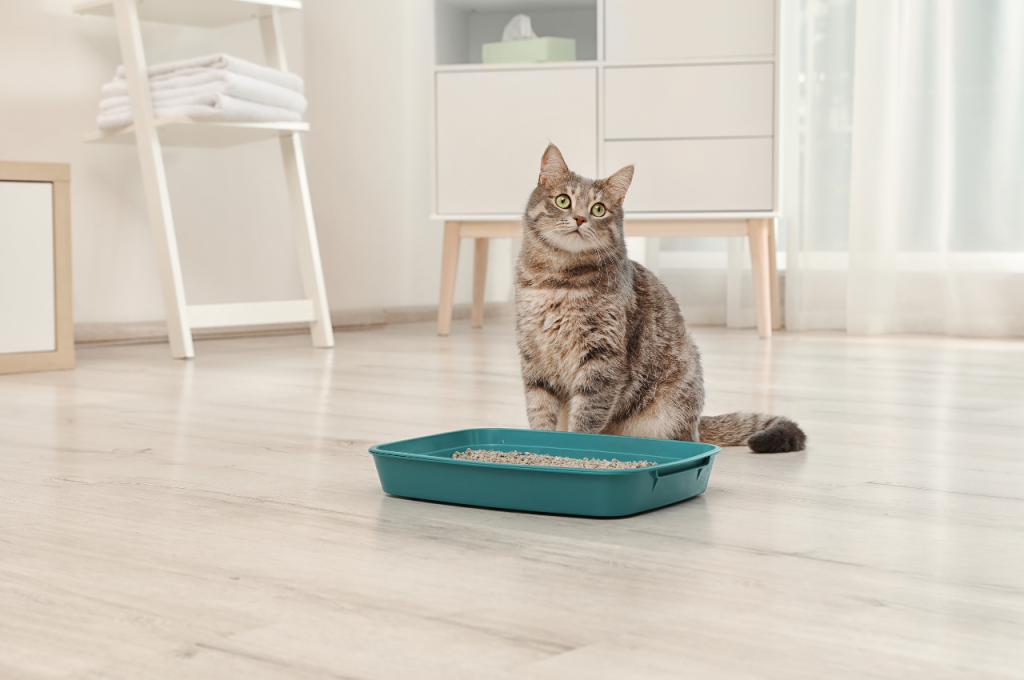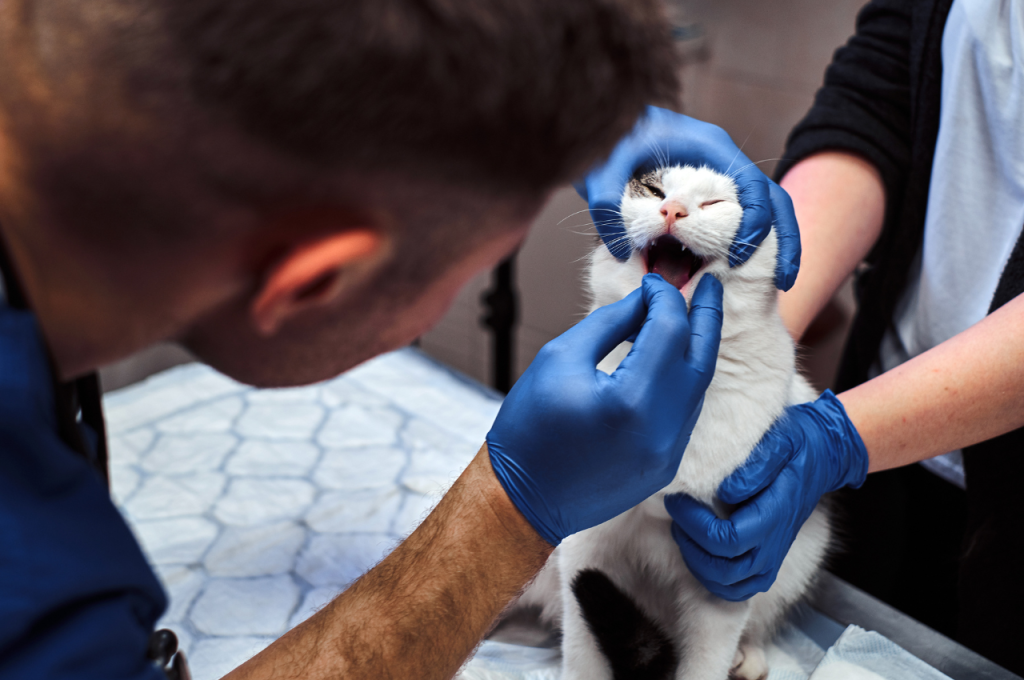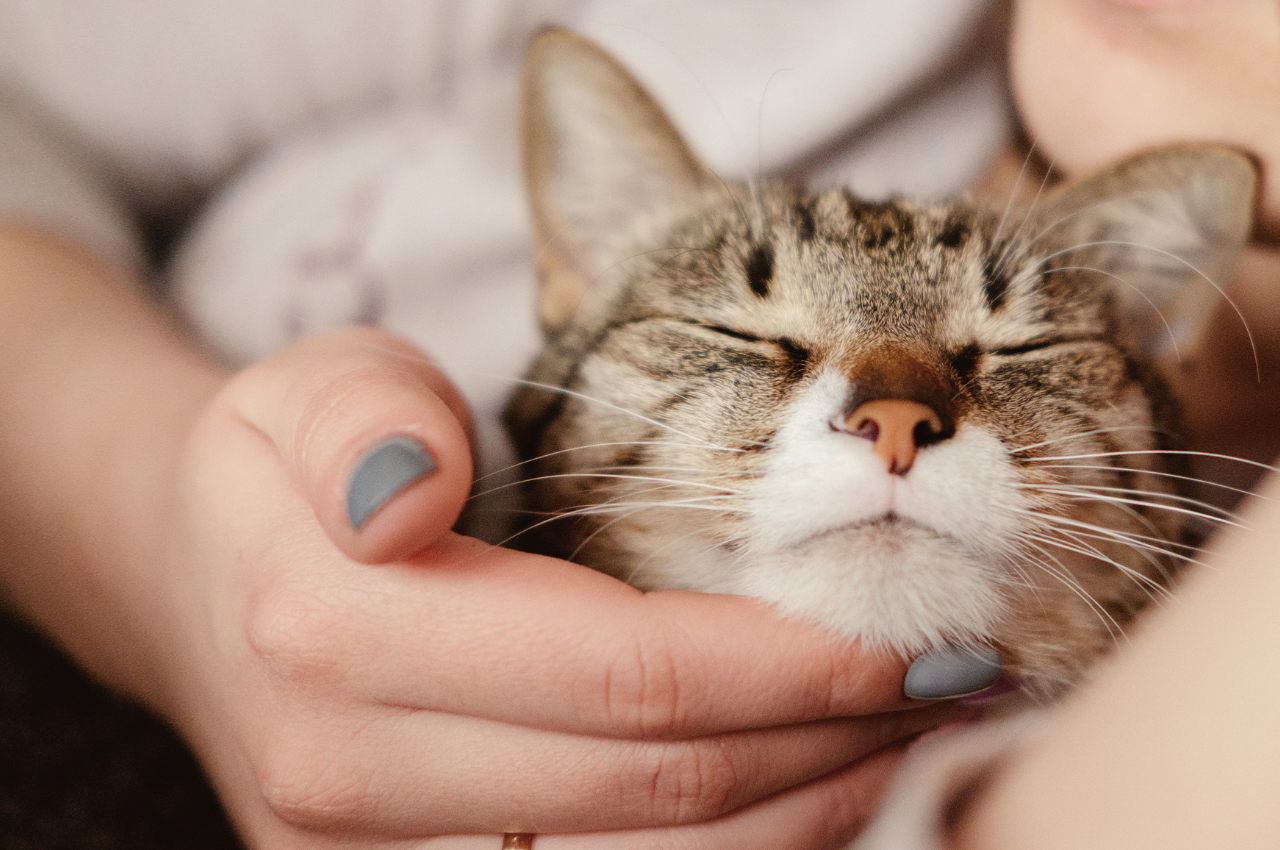To take care of a cat, provide proper nutrition and fresh water daily, groom regularly, and schedule regular veterinary check-ups. Caring for a cat involves attention to diet, grooming, and healthcare.
By following these steps, you can ensure your feline friend stays healthy and happy. Consistency in feeding quality food, brushing their coat, and keeping up with vet visits are essential for a cat’s well-being. Providing a loving environment and enrichment activities also contribute to a contented cat.
With proper care and attention, your cat can thrive and lead a fulfilling life as part of your family.
Preparing Your Home
Caring for a cat involves much more than simply providing food and shelter. It requires attention to their physical, emotional, and social needs to ensure they lead happy and healthy lives. Whether you’re a first-time cat owner or a seasoned pet parent, mastering cat care is essential for nurturing a strong bond with your feline companion.

Creating A Safe Environment
Ensuring a safe environment is paramount when it comes to caring for your beloved cat. Cats, known for their curiosity and agility, require a secure space where they can explore, play, and relax without encountering hazards. Here’s how to create a haven for your feline friend:
1. Remove toxic plants from the living space.
2. Keep small objects that can be swallowed out of reach.
3. Secure windows and balconies to prevent accidents.
4. Provide multiple cozy spots for rest.
Essential Supplies
As a responsible cat owner, ensuring you have the right supplies on hand is essential for providing your feline friend with everything they need to thrive.
1. Purchase a comfortable bed for your cat’s sleeping area.
2. Invest in high-quality cat food and water bowls.
3. Buy a scratching post to keep your cat’s claws healthy.
4. Have a litter box with fresh litter available at all times.
Feeding Your Cat
Cats are adorable creatures that bring joy and companionship into our homes. As a responsible pet owner, it’s crucial to ensure your cat’s well-being by providing proper care, and feeding is one of the essential aspects of cat care. Feeding your cat the right food in the right amounts and at the right times is crucial to their overall health and well-being.
Choosing The Right Food
When it comes to choosing the right food for your cat, it’s essential to consider their age, activity level, and any specific dietary requirements or restrictions they might have. Look for high-quality commercial cat foods that are formulated to meet your cat’s nutritional needs. Ensure that the food is rich in protein, and essential fatty acids, and has the necessary vitamins and minerals for your cat’s optimal health.
- Consider your cat’s age and activity level when choosing the right food.
- Look for high-quality commercial cat foods rich in protein and essential nutrients.
- Ensure the food meets your cat’s specific dietary requirements and restrictions.
Feeding Schedule
Establishing a consistent feeding schedule for your cat is vital to their well-being. Most adult cats should be fed twice a day, while kittens might require more frequent feeding. It’s important to measure the amount of food based on your cat’s individual needs to prevent overeating and obesity. Avoid free-feeding as it can lead to weight issues. Additionally, always ensure that your cat has access to fresh, clean water at all times.
- Feed adult cats twice a day and adjust the feeding frequency for kittens.
- Measure the food based on your cat’s individual needs to prevent overeating.
- Avoid free-feeding to prevent weight issues and ensure access to clean water.
Grooming and Hygiene
Grooming and hygiene are essential aspects of taking care of your cat. Regular grooming helps to keep your feline friend clean, healthy, and comfortable. It also helps to prevent various health issues such as matting and skin infections. This section will provide a step-by-step guide on how to perform important grooming tasks for your cat, including brushing, bathing, nail trimming, and dental care.
Brushing and Bathing
Regular brushing is crucial for maintaining your cat’s coat and preventing mats and tangles. It also helps to distribute the natural oils in their fur, keeping it shiny and healthy. Choose a brush or comb suitable for your cat’s coat type, whether it’s short-haired, long-haired, or somewhere in between. Make sure to brush gently to avoid hurting your cat’s skin.
- Brush your cat’s coat in the direction of hair growth.
- Start with short brushing sessions and gradually increase the duration as your cat gets used to it.
- If your cat has long hair, pay extra attention to areas prone to matting, such as behind the ears and under the armpits.
Bathing your cat may not be necessary unless they get particularly dirty or if they have a skin condition that requires regular bathing. Most cats are excellent self-groomers and may not enjoy being submerged in water. However, if you do need to bath your cat, follow these steps:
- Prepare a warm water bath in a basin or sink.
- Use a cat-friendly shampoo that is formulated specifically for their delicate skin.
- Gently place your cat in the water and wet their fur thoroughly.
- Apply the shampoo and massage it into their fur, avoiding their eyes and ears.
- Rinse your cat thoroughly with warm water, ensuring all the shampoo is washed out.
- Wrap your cat in a towel and gently dry them, using a hairdryer on a low setting if necessary.
Nail Trimming and Dental Care
Keeping your cat’s nails trimmed is essential for their comfort and your household’s well-being. Long nails can cause pain and discomfort when they become sharp or get caught in furniture or clothing. Follow these steps to trim your cat’s nails safely:

- Choose a cat-specific nail trimmer or guillotine-style nail clippers.
- Find a calm, quiet environment where you and your cat can both relax.
- Gently hold your cat’s paw and press their pad to expose the nail.
- Trim the sharp tip of each nail, being careful not to cut into the quick.
- If you accidentally cut the quick and it starts to bleed, use styptic powder or a styptic pencil to stop the bleeding.
Caring for your cat’s oral health is essential for preventing dental diseases and maintaining their overall well-being. While cats are not very fond of having their teeth brushed, introducing a dental care routine can be beneficial:
- Regularly examine your cat’s teeth and gums for any signs of dental diseases, such as bad breath, gum inflammation, or tartar buildup.
- Ask your veterinarian for cat-specific toothpaste and a soft-bristled toothbrush.
- Start by introducing your cat to the toothbrush and toothpaste gradually, allowing them to get used to the taste and texture.
- Gently lift their lips and brush their teeth using circular motions.
- Focus on the outer surfaces of the teeth, where plaque and tartar tend to accumulate the most.
- Make toothbrushing a positive experience for your cat by rewarding them with treats or praise afterward.
Healthcare Needs
Proper healthcare is essential for ensuring the well-being of your furry feline companion. Regular vet visits, vaccinations, and preventive care are crucial aspects of cat care that should not be overlooked.
Regular Vet Visits
Regular visits to the veterinarian are essential for your cat’s overall health and happiness. During these check-ups, the vet can assess your cat’s well-being, detect any potential health issues, and provide necessary treatments. Here are a few reasons why regular vet visits are important:
- Overall Health Evaluation: Routine check-ups allow the vet to evaluate your cat’s general health, including weight, dental hygiene, and any signs of illness.
- Preventive Measures: Veterinarians can administer preventive treatments, such as deworming and flea control, to protect your cat from common parasites.
- Early Disease Detection: Regular examinations allow the vet to detect any potential health issues at an early stage, increasing the chances of successful treatment.
Vaccinations and Preventive Care
Vaccinations play a crucial role in safeguarding your cat against various diseases. Consulting with a veterinarian will help you determine the appropriate vaccination schedule for your feline friend. Here are some key vaccinations and preventive measures that your cat may need:
| Vaccine/Preventive Measure | Importance |
| Rabies | Required by law in many areas and protects against a fatal disease. |
| Feline Distemper (FVRCP) | Protects against common respiratory and gastrointestinal infections. |
| Feline Leukemia (FeLV) | Recommended for outdoor or multi-cat household cats, as it prevents a highly contagious and potentially fatal disease. |
| Heartworm Prevention | Essential protection against heartworm disease, which can be life-threatening for cats. |
Remember, preventive care, including regular dental cleanings and parasite control, is vital for maintaining your cat’s overall health. Your veterinarian can guide you on the specific preventive measures that are suitable for your cat.
By prioritizing your cat’s healthcare needs, you are ensuring a long and happy life for your beloved companion. Regular vet visits, vaccinations, and preventive care are the building blocks of a healthy and thriving feline!
Exercise and Playtime
Cats, like humans, need regular exercise and playtime to stay healthy and happy. Playtime not only provides physical activity but also mental stimulation, preventing boredom and behavioral issues. It strengthens the bond between you and your feline friend. Here’s how to ensure your cat gets the necessary exercise and playtime:
Importance of Play
Engaging in play is essential for cats’ well-being. It allows them to exhibit natural behaviors, release energy, and maintain a healthy weight. Play also aids in relieving stress and anxiety and prevents destructive behavior. Regular playtime contributes to a content and well-adjusted pet.
Choosing The Right Toys
When selecting toys for your cat, opt for ones that promote physical activity and mental stimulation. Interactive toys such as feather wands, laser pointers, and puzzle feeders are great options. Encourage your cat to chase, pounce, and swat at the toys to mimic hunting behavior. Ensure the toys are safe and durable to prevent choking hazards.
Understanding Behavior
Taking care of a cat step by step is crucial for their well-being. From providing proper food and water to regular grooming and playtime, understanding their behavior is key to ensuring a happy and healthy feline companion.
`Introductory Paragraph`: Understanding Behavior is key to providing the best care for your feline friend. Cats have unique behaviors that communicate their needs and feelings. By familiarizing yourself with common cat behaviors and implementing effective training tips, you can enhance your bond with your cat and ensure a harmonious relationship. `
Common Cat Behaviors
Cats exhibit various behaviors to express themselves. Hissing can indicate fear or discomfort. Kneading is a sign of relaxation and contentment. Purring is a sign of happiness and comfort. Biting and scratching may signal playfulness or aggression.
Training Tips
1. Positive reinforcement: Reward good behavior with treats or affection.
2. Consistency: Maintain a consistent routine to help your cat feel secure.
3. Redirect unwanted behavior: Use toys to redirect scratching or biting.
4. Patience: Cats learn at their own pace, so be patient during training sessions.
5. Environment enrichment: Provide toys and scratching posts to keep your cat mentally stimulated.
Understanding your cat’s behavior is essential for building a strong bond and ensuring their well-being. Through observation and positive reinforcement, you can help your cat thrive in a loving and safe environment.
Building A Strong Bond
Creating a strong bond with your cat is a rewarding journey that enhances both of your lives. Cats, known for their independent nature, also crave companionship and thrive on affectionate interactions with their human family members.

Spending Quality Time Together
Cats thrive on human interaction, so make sure to spend quality time playing and bonding with your feline friend. This helps strengthen your relationship.
Creating A Trusting Relationship
Trust is key in any relationship, especially with your cat. Make sure to approach your cat calmly and predictably to build that trust.
Conclusion
Taking care of a cat requires attention, love, and proper care. By following the steps outlined in this guide, you can ensure your feline friend stays healthy and happy.
Remember to provide a balanced diet, regular exercise, and plenty of affection to create a lasting bond with your furry companion.
